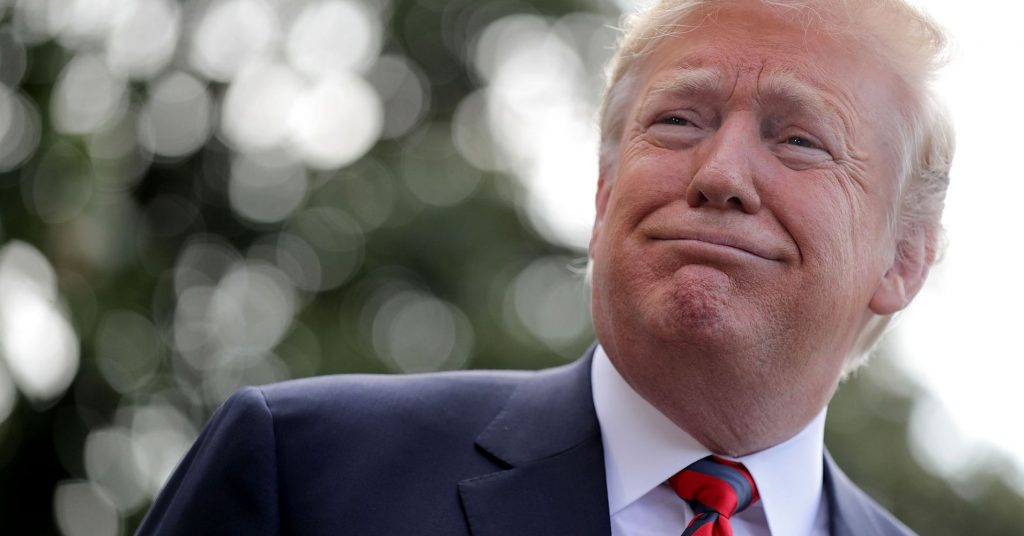
Major Asian markets closed sharply lower on Monday, the first trading day of the second half of the year, as heavy losses were recorded in China ahead of a looming deadline when tariffs from both Washington and Beijing are expected to take effect.
In Tokyo, the Nikkei 225 sank in afternoon trade, closing down 2.21 percent, or 492.58 points, at 21,811.93. Losses were broad-based, with retailers and the food sector among the worst performers. Retail stocks were down 3.58 percent, with Fast Retailing lower by 2.87 percent.
Over in Seoul, losses on the Kospi steepened through the day, with the index falling 2.35 percent to end at 2,271.54. Samsung Electronics gave up slight gains in the morning to slide 2.36 percent as losses in heavyweight tech and manufacturing plays dragged the index lower. Steelmaker Posco dropped 4.26 percent.
Elsewhere, the Shanghai composite fell 2.52 percent to finish at 2,775.77, failing to sustain the slight rebound seen in the previous session, while the smaller Shenzhen composite lost 1.58 percent for the day. Blue chip companies recorded larger declines, with the CSI 300 index sinking almost 3 percent. The fresh declines came as the yuan continued to weaken, with the currency trading at 6.6503 to the dollar at 3:10 p.m. HK/SIN.
Of note, the private Caixin/Markit PMI for China came out in line with expectations. The official manufacturing Purchasing Managers’ Index released over the weekend had declined to 51.5, missing expectations of 51.6 in a Reuters poll.
Down Under, the S&P/ASX 200 erased early gains, but saw narrower declines compared to other regional markets. The index closed lower by 0.27 percent at 6,177.80, with consumer stocks and gold producers recording the steepest declines. Markets in Hong Kong, meanwhile, were closed on Monday for a holiday.
MSCI’s broad index of shares in Asia Pacific excluding Japan edged down by 0.69 percent, but it remained above the nine-month lows it touched last week.
The cautious mood in the market comes as investors keep an eye on trade tensions between the U.S. and its trading partners, most notably China. U.S. tariffs on $34 billion of Chinese products are expected to take effect on July 6, with China set to retaliate with duties of its own on the same value of American goods.
“Potentially, we’re moving into new, uncharted territory … Many people considered it just noise. Now, I think, the realization comes in that downside risk could be more significant,” Rainer Michael Preiss, executive director at Taurus Wealth Advisors, told CNBC’s “Capital Connection.”
Uncertainty on trade policy, most recently related to foreign investment in U.S. technologies, as well as concerns that retaliation could intensify to the point that global economic growth is negatively affected, have weighed on investor sentiment in recent weeks.
“[U]ltimately, the proof will be in the pudding [on foreign investments] and in the meantime, there is still no sign of the U.S. and China restarting trade negotiations ahead of the July 6 start date for tariffs … Our base case remains that some form of negotiated solution will be reached, but things are likely to get worse before they get better,” Shane Oliver, chief economist at AMP Capital, said in a Saturday note.
Major Asian markets are lower for the year. As of Friday, the Shanghai composite was down 13.9 percent, on track for its worst year since 2011 when the index tumbled more than 20 percent. Other markets are faring slightly better, but still in negative territory for the year: Japan was down 2.02 percent this year and South Korea’s benchmark had declined 5.73 percent by Friday.
Monday’s declines took the Shanghai composite further into bear market territory, referring to a fall of at least 20 percent from recent highs. The Chinese benchmark index finished the Monday session down more than 22 percent from its 52-week high of 3,587.03.
Despite that uncertainty, Wall Street closed slightly higher on Friday, with the Dow Jones Industrial Average rising 0.23 percent, or 55.36 points, to close at 24,271.41.
On the energy front, President Donald Trump unexpectedly announced what he claimed was a new agreement with Saudi Arabia. Trump said in a tweet that Saudi Arabia had agreed to raise production by up to 2 million barrels per day, while the White House somewhat tempered the president’s proclamation. Trump’s announcement came a week after OPEC reached a decision on increasing oil production after curbing output since 2017 in a bid to boost prices.
Oil prices were lower on Monday, with U.S. West Texas Intermediate crude futures falling 0.88 percent to trade at $73.50 per barrel and Brent crude futures dropping 1.11 percent to $78.35.

